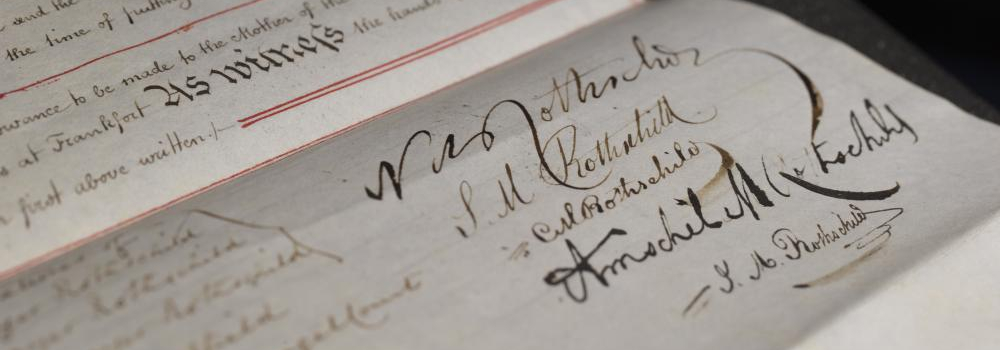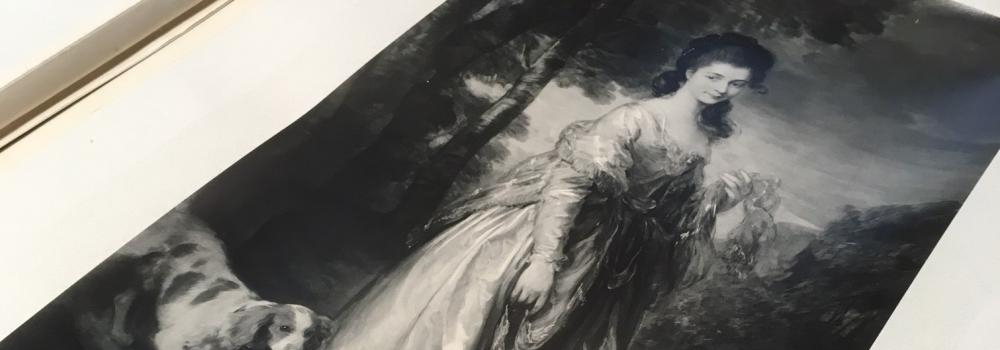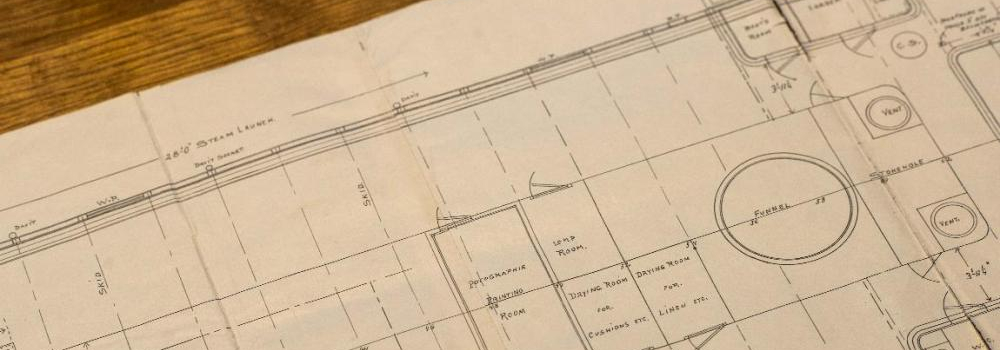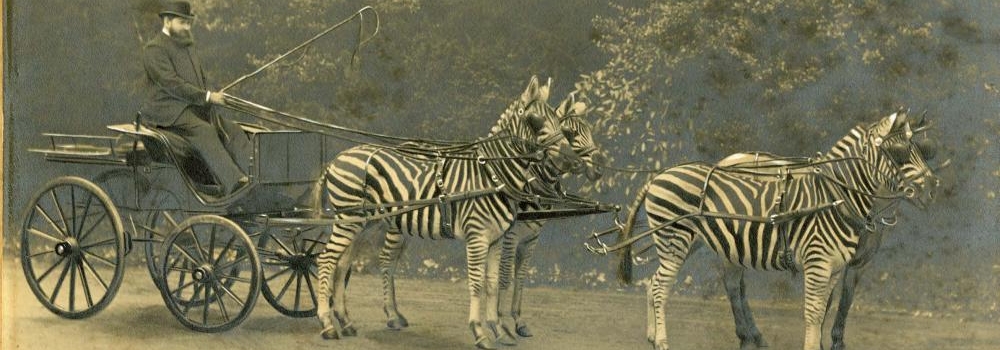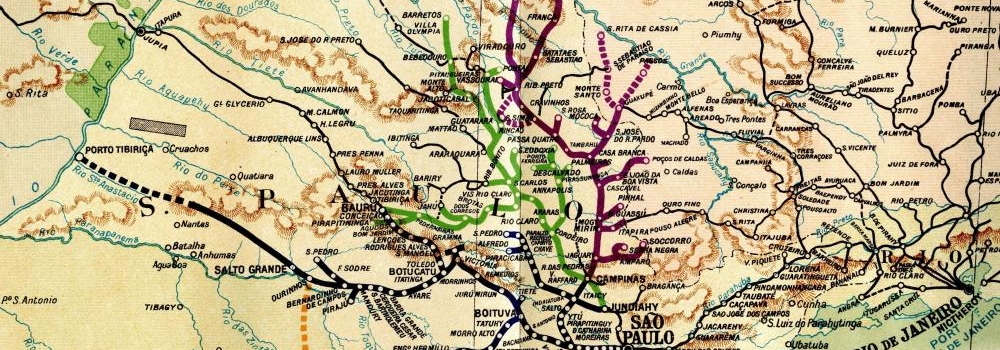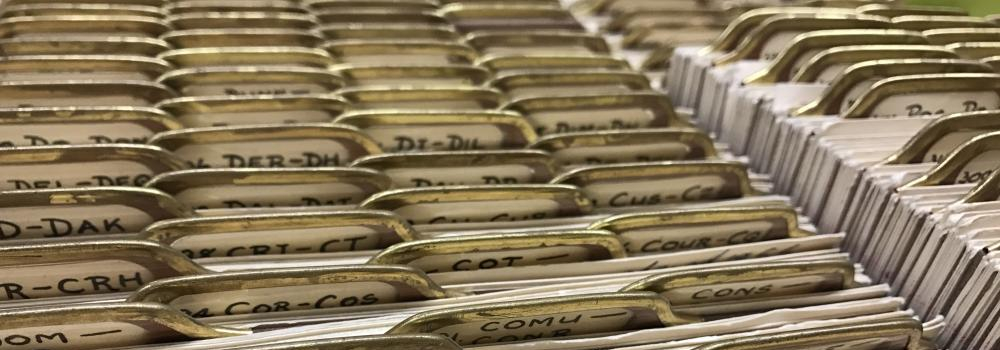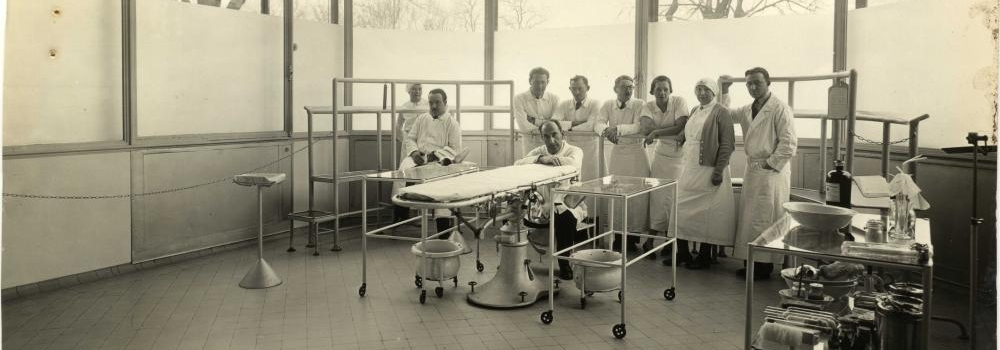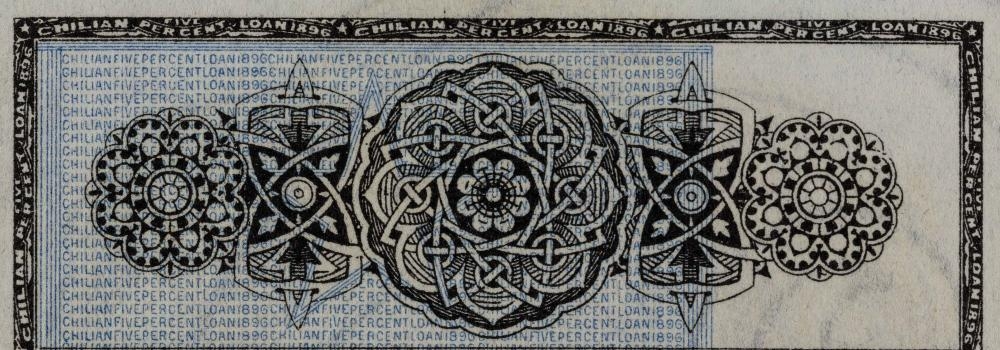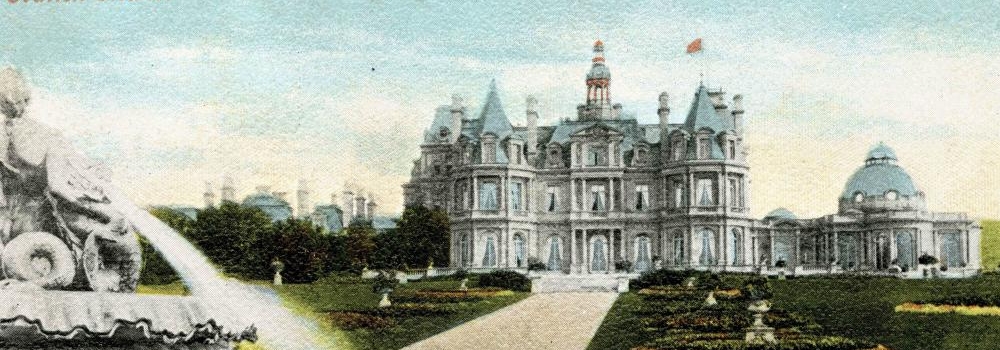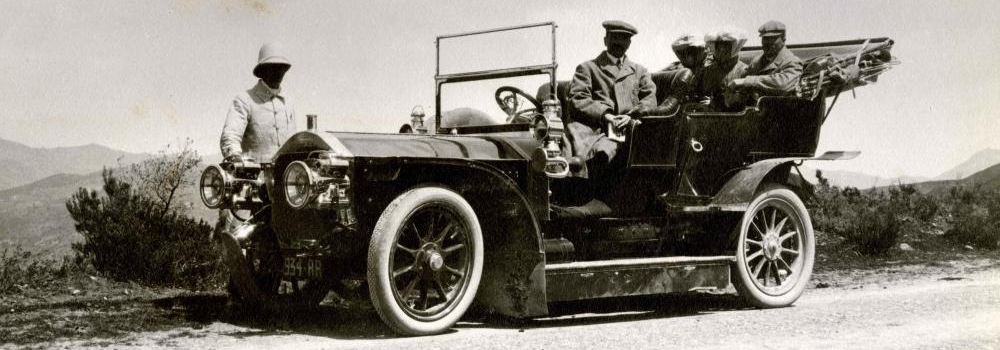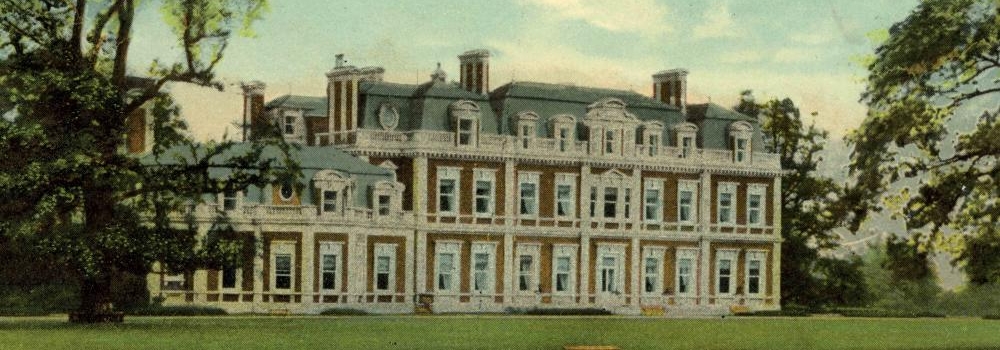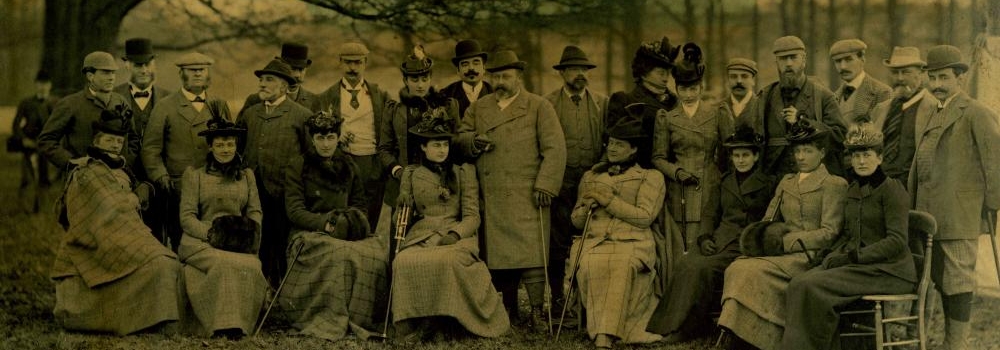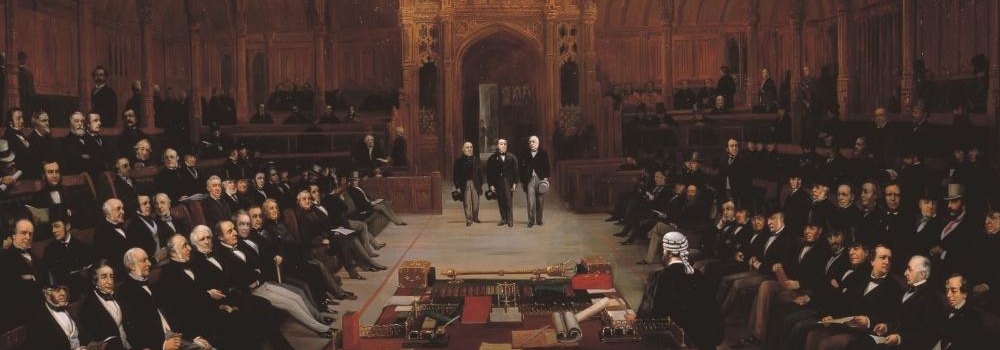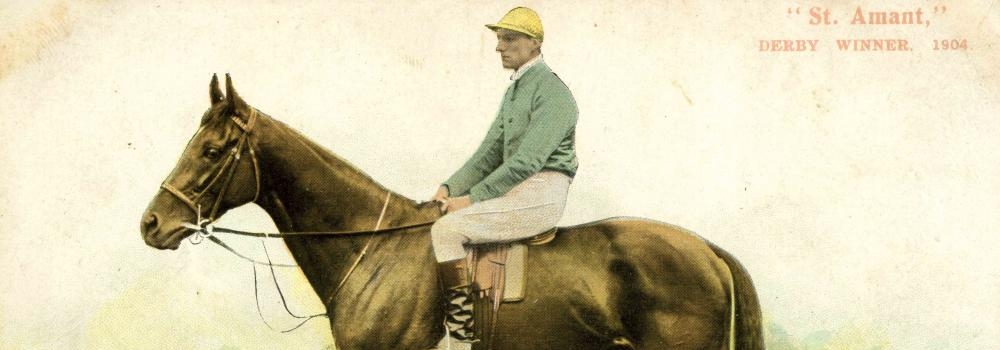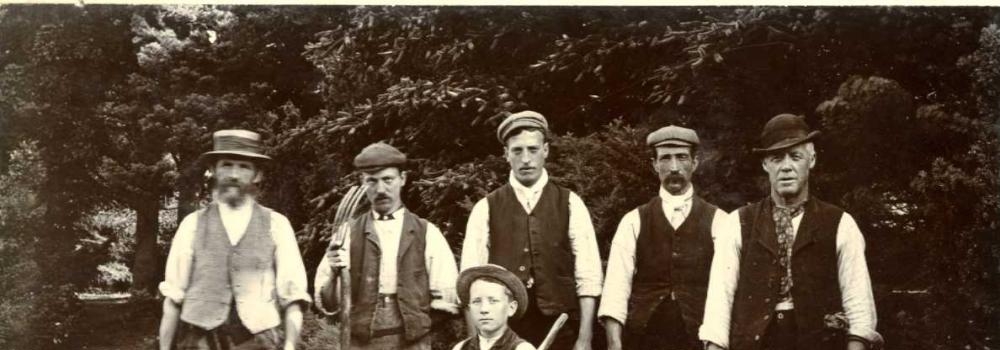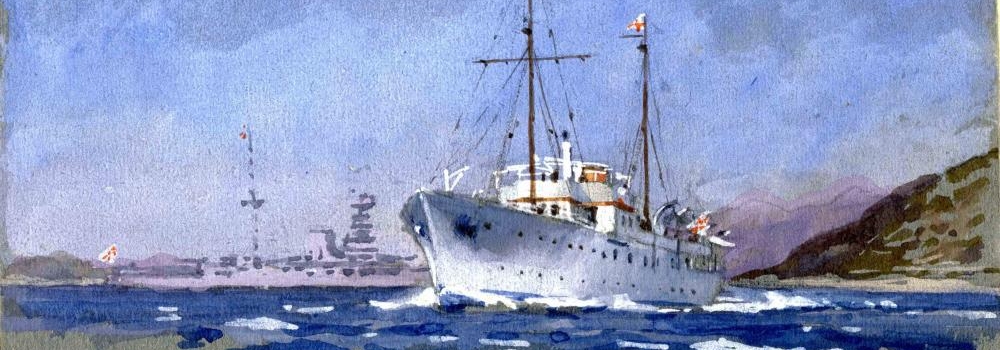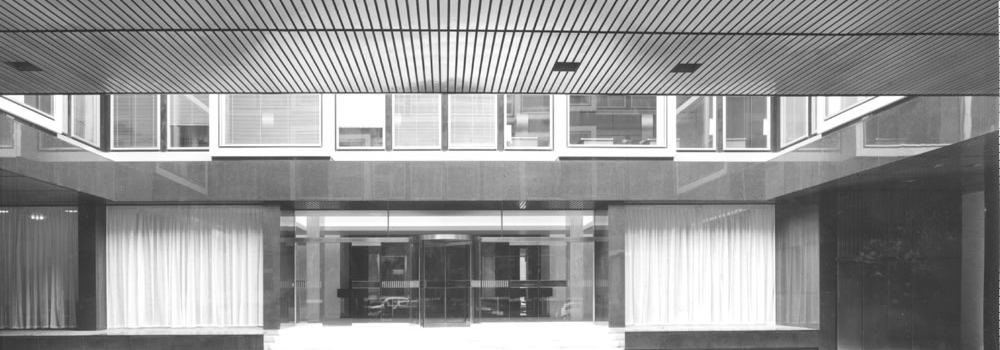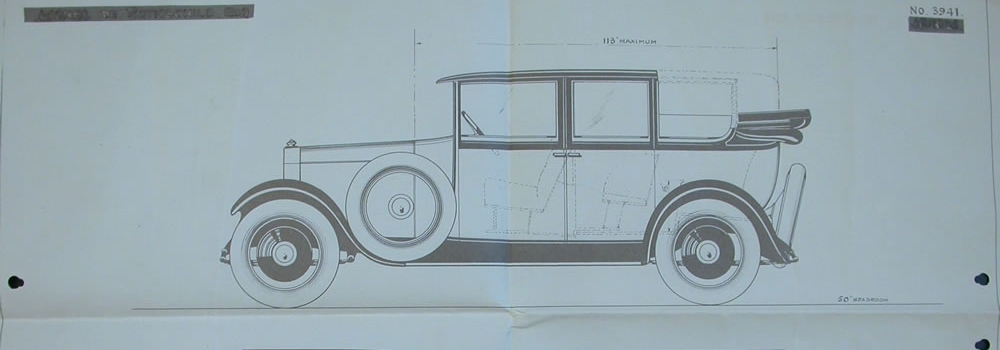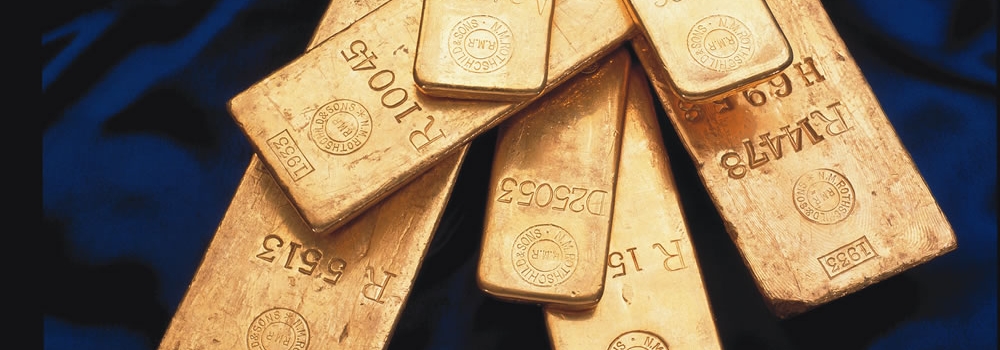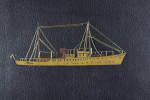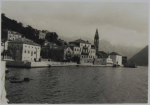As many of us start to once again allow ourselves to plan trips, holidays, and vacations, the Archive team looks back to a travel log created by a member of the Rothschild family who was a keen horticulturist, taking inspiration from gardens visited during his travels.
In 1929, the banker and horticulturalist Lionel de Rothschild (1882-1942) documented the family's ‘Dalmatian Coast Tour’, creating an album filled with black and white photographs, colour postcards, and notes of the itinerary. The album itself is an example of great craftsmanship being embossed on the cover with a representation of Lionel’s yacht; Lionel owned two yachts in succession, the RYS Rhodora I and then from 1929, the larger 709-ton motor yacht RYS Rhodora II. Both yachts were built to Lionel’s personal specification by Camper & Nicholson, the famous Gosport yacht builders. In his memoirs A Gilt-edged Life (London: John Murray, 1998), Lionel's son Edmund (1916-2009) recalled “Rhodora II had a hold which was large enough to carry a motor car – latterly an immensely powerful 50.7-hp Rolls-Royce touring saloon which my father bought in 1936. She was manned by a crew of twelve, and could comfortably accommodate my parents and us four children, our first cousins Alain, Diane, Cecile and Elie, who would sometimes join us." The RYS Rhodora II was later requisitioned for the war effort in September 1939 for employment in an anti-submarine role, and in March 1940 took part in an unsuccessful attack on a U-boat which was sighted nine miles off Bull Point off the north Devon coast. In September 1940 she was sunk in a collision with another vessel off Cardiff.
A Dalmatian Coast Tour
Lionel, an accomplished amateur photographer, documented many of his yacht vacations between the wars. Lionel was a keen horticulturalist, and the interest of many of his trips were the great gardens and landscapes of Europe. For their 1929 Dalmatian voyage, Lionel’s family was joined by his sister-in-law, Nelly de Rothschild (1886-1945) and her children. In 1912 Lionel had married Marie-Louise Beer (1892-1975), the younger sister of Nelly, the wife of his French cousin Robert (1880-1946).
In his travel log, Lionel documented the family’s route from Venice, through the Croatian and Montenegrin coast and islands, returning to Venice forty days later. Lionel recorded not only the places they visited, but the extraordinary works of art, local customs, and gardens they encountered. The photographs he took and postcards he collected to illustrate this travel log are as informative today as they were when Lionel created them.
Lionel de Rothschild's Dalmatian Coast Tour, 1929: Itinerary:
31 August – 5 September: Venice
6 September:, Trieste. [where Lionel’s mother Marie Perugia (1862-1937) was born]. “In the afternoon we went for a lovely drive in the hills and to Miramar where there is a palace and a garden.”
7 September: on to Brioni [Brijuni, an island, or rather a group of islands, off the coast of Istria in north-western Croatia.]
8 September: left for Pola [Pula, a seafront city on the tip of Croatia’s Istrian Peninsula].
9 September:, to Fiume [Rijeka, is a city located in the northern tip of the Kvarner Gulf in the northern Adriatic, Croatia].
10 September, on to the island of Arbe [Rab, a Croatian island in the Adriatic Sea].
12 September: to Zara [Zadar, a city on Croatia’s Dalmatian coast].
13 September: to Sebencio [Šibenik, a city on the Adriatic coast of Croatia].
14 September: went up the Krka River to the waterfalls.
15 September: on to Trogir
17 September: to Split
18 September: visited the Ruins of Salona [Solin, a town in Dalmatia, Croatia].
19 September: in the Bay of Salona
20 September: visited the Palace of Diocletian in Split old town and the Duomo
21 September: Bay of Salerno [Sic, Salona]
22 September: Hvar island, visited a Franciscan Monastery. “The Monk showed us his dear little garden and gave us a few flowers. The view over the sea from this garden was lovely.”
23 September: Island of Lissa “The vegetation in this island is very rich, vines grow profusely and make this famous wine prozecko.” [Vis, an island of Croatia in the Adriatic Sea].
24 September: Curzola [Korčula, a Croatian island in the Adriatic Sea].
26 September: Gravosa [Gruž, is a neighbourhood in Dubrovnik, Croatia].
28 September: visited gardens in Ragusa, “We went to see the famous plane trees of Cannosa, on Count Gozzi’s estate… The largest of the plane tree was so large that we (eleven) could only just join hands and get round it… We also saw the 600 year old oak tree.” In the afternoon they visited the Island of Lacroma. [Dubrovnik, historically known as Ragusa, a city in southern Croatia fronting the Adriatic Sea. Lokrum, an island in the Adriatic Sea 600 metres from the city of Dubrovnik, Croatia].
30 September: to Cattaro [Kotor, a coastal town in Montenegro].
1 October: drove to Cetinge, capital of ancient Montenegro, which took 2 hours 12 minutes to drive to. [Cetinje is a city in Montenegro, the former royal capital].
2 October: visited the Island of the Madonna dello Scalpello [Our Lady of the Rocks, one of the two islets off the coast of Perast in the Bay of Kotor, Montenegro].
3 October: back to Ragusa, and visited the Island of Meleda, “On the rocks we found some sternbergias lutea growing in profusion.” Went on to Curzola. [Mljet, an Adriatic island of the Dalmatia region of Croatia].
4 October: Curzola and Lesina. (Havr island)
5 October: Lesina and on to Split.
6 October: left Split by car for Salona, from Salona to Trogir - Trau.
7 October: to Sebencio.
8 October: left on the Rhodora for Venice.
9 October: Venice and in the afternoon boarded the train for home.
Lionel's great horticultural passions have been the subject of previous 'Treasure of the Month' features: see Royal Horticultural Society Awards, 1930-1953 and The Roads Beautifying Association, 1937. In a recently aired television series on the BBC in the UK, the British horticulturist, broadcaster, and writer Monty Don took a similar route to Lionel's Dalmatian Coast Tour of 1929, exploring many of the same gardens that Lionel and his family visited nearly a century ago. In the three-part series Monty Don's Adriatic Gardens, he showcases the influence of the Venetians on gardening, starting in their home city at the top of the Adriatic coast and travelling on through Croatia and Greece, exploring some of the most spectacular public and private gardens and considering the impact of climate change, history, and culture on their development and their place in their communities.
These snapshots of beautiful places, and inspirational spaces make one feel quite envious to have not been aboard for this particular voyage!
RAL 000/880/9/1, Album entitled ‘The Dalmatian Coast Tour, 1929’

